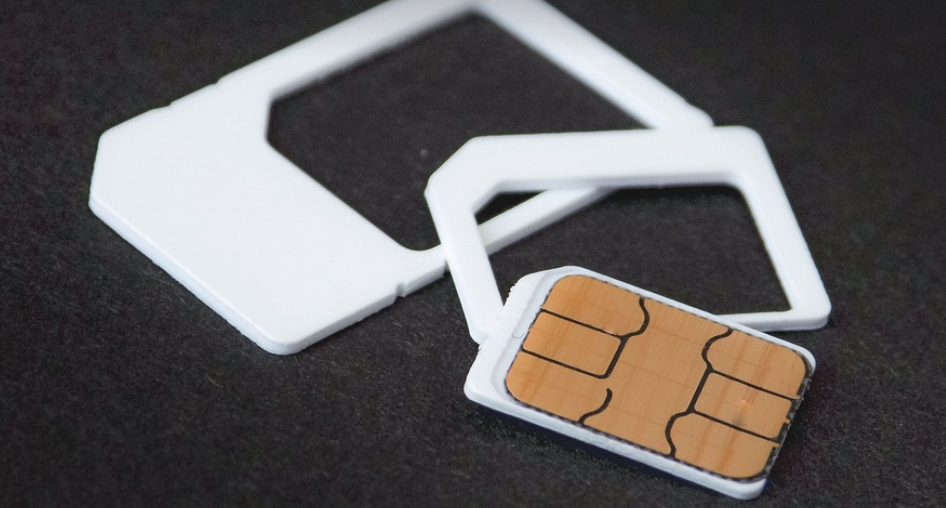What Exactly is a Stop Leak?
You know that feeling when your car’s transmission starts slipping, the clutch engages with a bit of resistance, or you hear a strange clanging noise under the hood? It can be seriously frustrating. And it’s often accompanied by a sense of dread – fear that something major has gone wrong. But before you panic and jump to expensive repairs, let’s explore a solution that might just save your transmission: “Stop leak” fluid.
So what exactly is “stop leak” fluid? It sounds like magic, doesn’t it? Well, it’s not exactly. However, these specialized fluids work wonders in repairing minor leaks and addressing internal transmission issues that can lead to smoother gear shifting. Think of them as the superheroes of your car’s engine bay!
A Closer Look at Transmission Problems
Before diving into how stop-leak works, let’s understand why it’s even needed in the first place. Transmission fluid is vital for smooth driving and efficient gear shifting. It lubricates moving parts, keeps temperatures down, and ensures your transmission operates smoothly without friction or wear. But like any other part of our vehicles, that fluid faces challenges – leaks can emerge due to age, corrosion, internal damage, or even just a little bump on the road.
These leaks don’t just cause minor inconveniences; they can lead to serious problems! Imagine your car’s transmission running with less power and smoother gears. A little leak can be an annoyance, but if there’s enough of it, you might even experience gear slippage, slipping under acceleration, or even complete loss of power transmission.
The Mighty “Stop Leak” – How Does It Work?
Stop-leak fluids are designed using a clever blend of additives. These additives work like tiny magnets, attracting leaks and sealing them up. These fluids can help address various issues:
- **Minor to Moderate Leaks:** Many “stop leak” fluids contain polymers that form a seal around the leaks in your transmission, plugging them up effectively.
- **Internal Damage Repair:** Some formulations incorporate special ingredients that can bind to damaged surfaces, such as worn or cracked seals and gaskets.
- **Friction Reduction:** “Stop leak” fluids also help reduce friction between moving parts, thus promoting smoother gear shifts and reducing wear.
Types of Stop Leak Fluid: A Quick Dive
There’s no one-size-fits-all solution. Different types of “stop leak” fluid cater to specific needs:
- **Transmission Fluid Additives:** These are versatile and often use polymers to seal leaks and reduce friction.
- **Formaldehyde-Based Stop Leaks:** These fluids contain formaldehyde-based compounds that act as powerful adhesives to seal cracks and leaks.
Before You Use “Stop Leak”
While “stop leak” fluid can be a lifesaver, it’s crucial to use the right type for your transmission and follow specific instructions before making any changes:
- **Consult Your Mechanic:** A proper diagnosis is essential. If you suspect a significant problem, take your vehicle to a trusted mechanic first.
- **Check the Manual:** Your vehicle’s owner manual provides important information about recommended fluids and procedures.
Choosing the Right “Stop Leak”
Not all “stop leak” products are created equal! Here’s how to choose the right one for your transmission:
- **Type:** Choose a fluid specifically designed for automatic transmissions, as some formulated for manual transmissions might be incompatible with your car.
- **Viscosity:** The viscosity (thickness) of the fluid should match your transmission’s specifications. Consult your owner’s manual to ensure compatibility.
- **Research and Reviews:** Read online reviews and check ratings before purchasing a product. It will help you find a reliable and trusted option.
Maintenance is Key: Keeping Your Transmission Healthy
While “stop leak” fluid can address immediate issues, it’s essential to prioritize regular maintenance for your transmission’s long-term health! Regular servicing ensures your car stays in top condition.
- **Fluid Changes:** Follow the manufacturer’s schedule for changing transmission fluid. Regular fluid changes are crucial, as it keeps the internal parts clean and reduces friction.
- **Regular Inspections:** Get your car inspected regularly by a mechanic. This helps catch potential issues early on before they become major problems.
“Stop Leak” – A Temporary Solution?
While “stop leak” fluid can be a helpful tool for addressing immediate leaks and improving transmission performance, it’s not a permanent solution. It can help your car run smoothly in the short term. However, prolonged use of any “stop leak” product can result in unexpected consequences.
Remember, regular maintenance and professional care are essential for ensuring a smooth-shifting transmission for years to come! After all, your car’s transmission is a complex and vital part of its performance.



